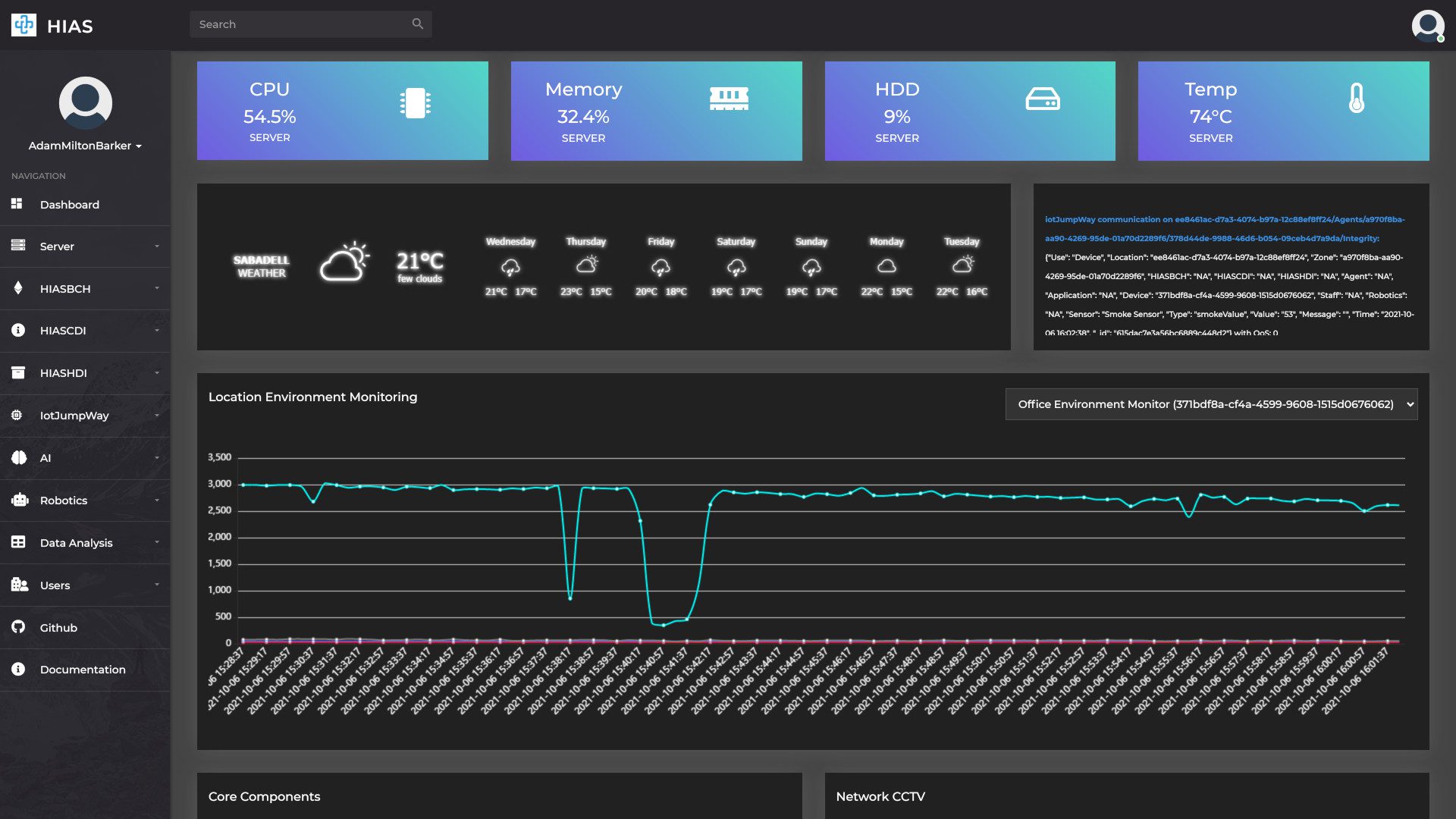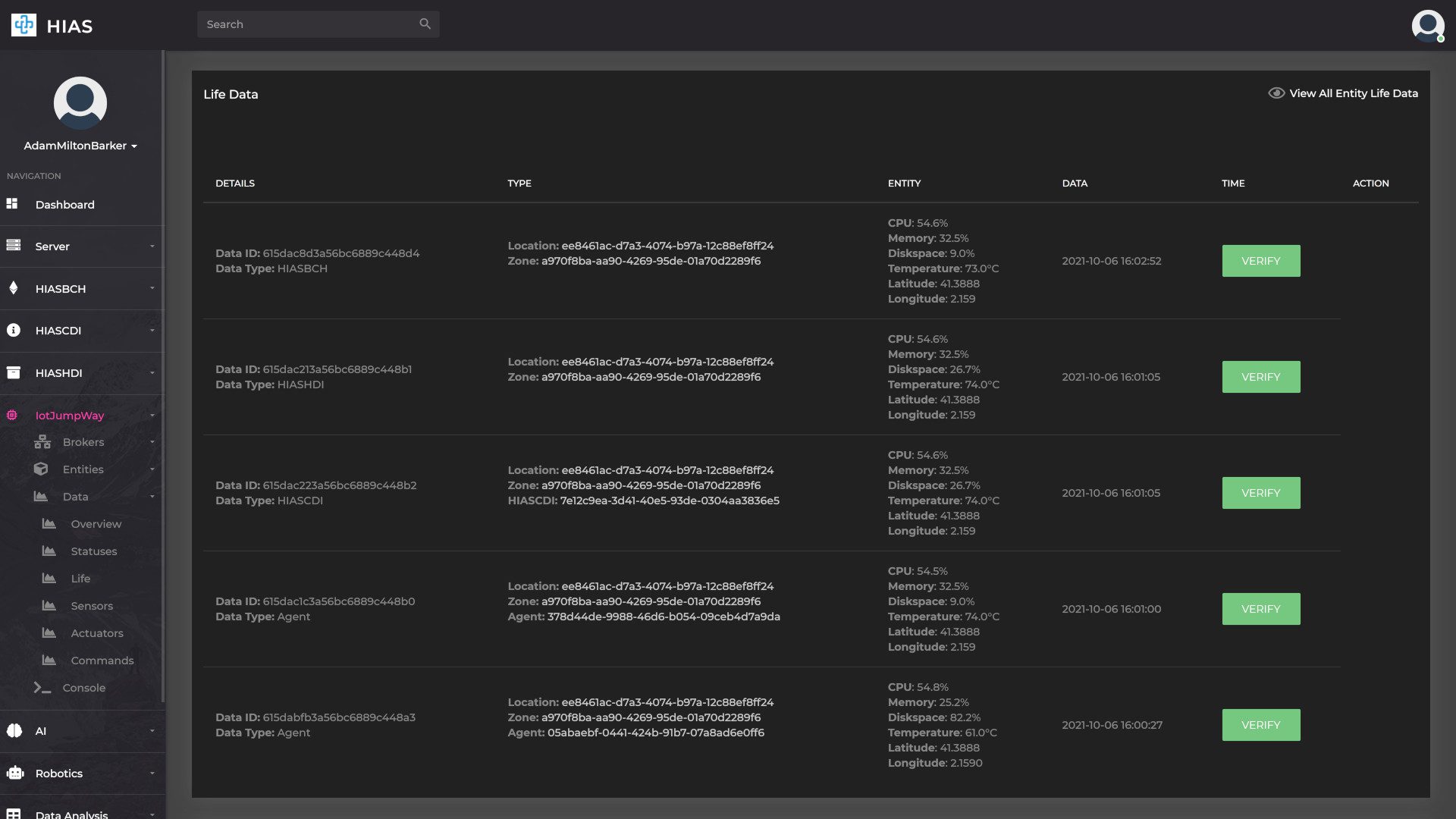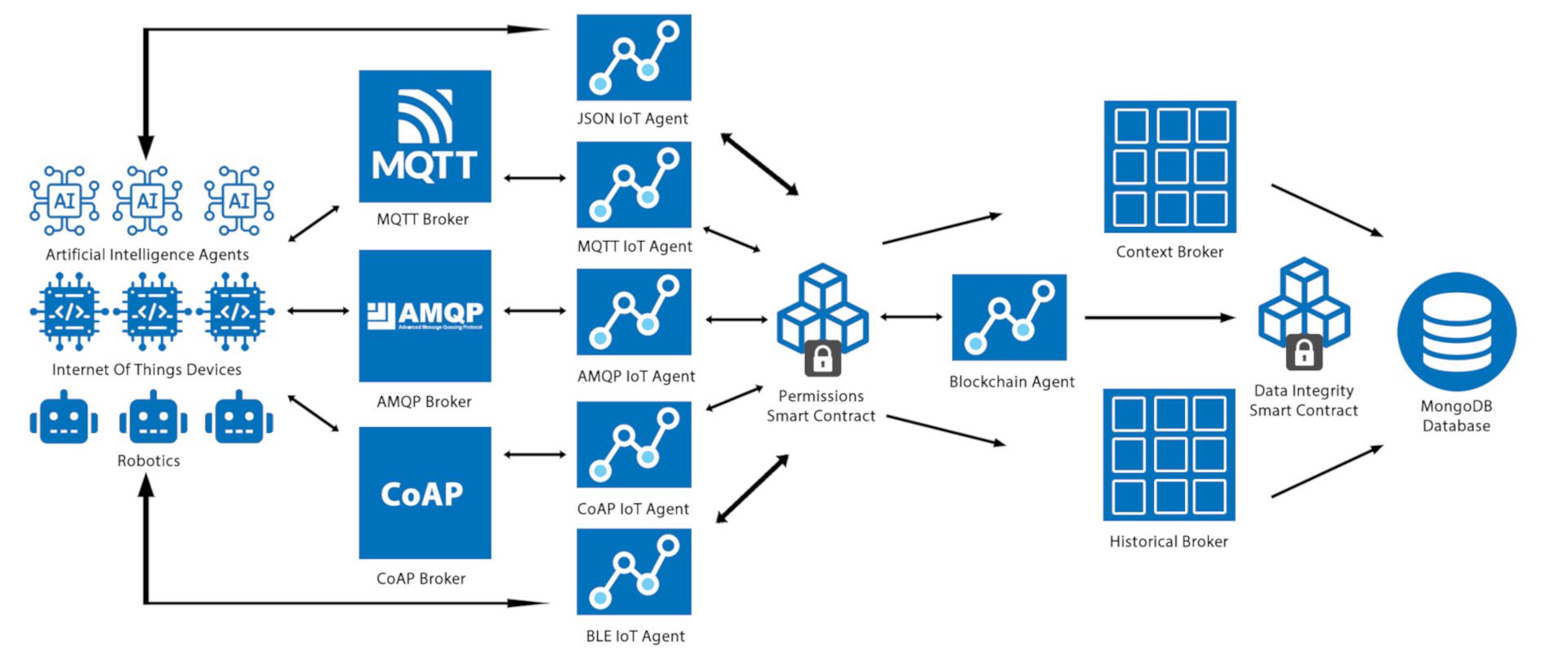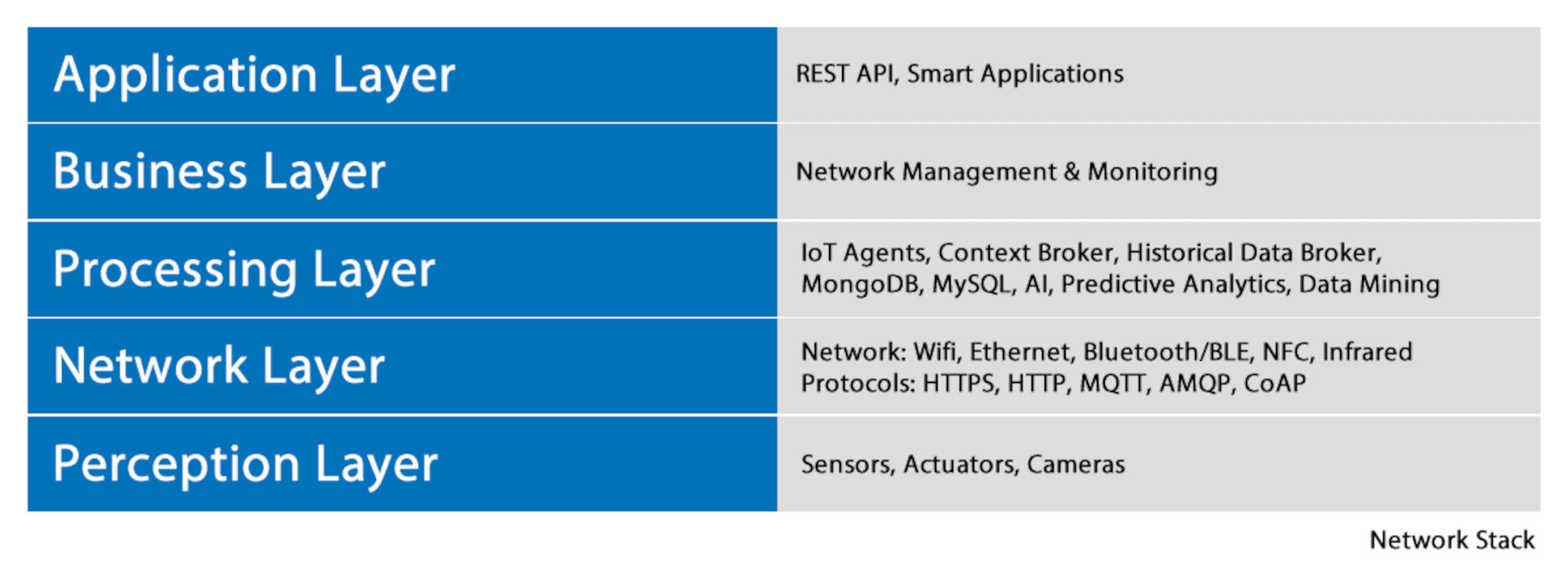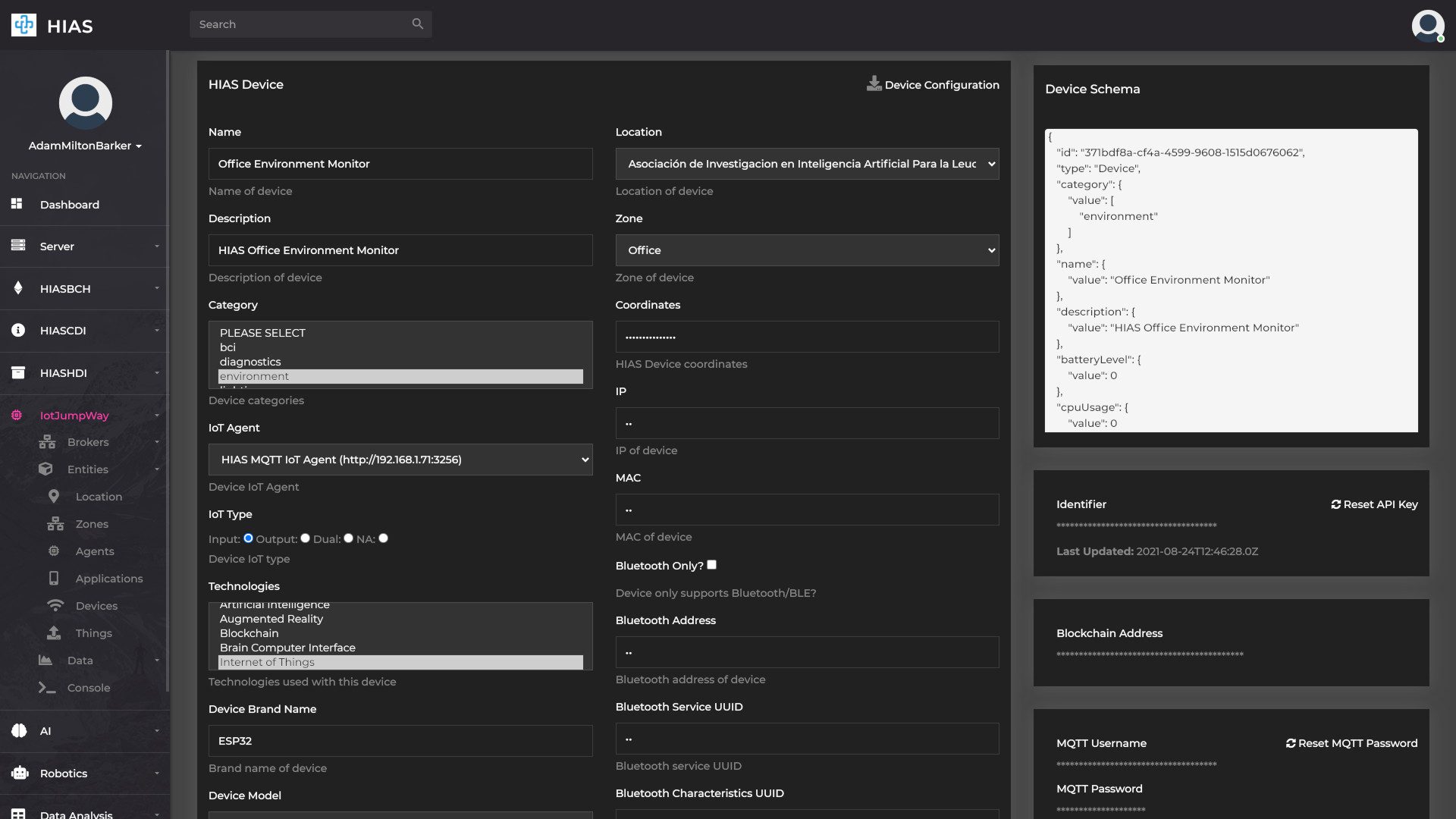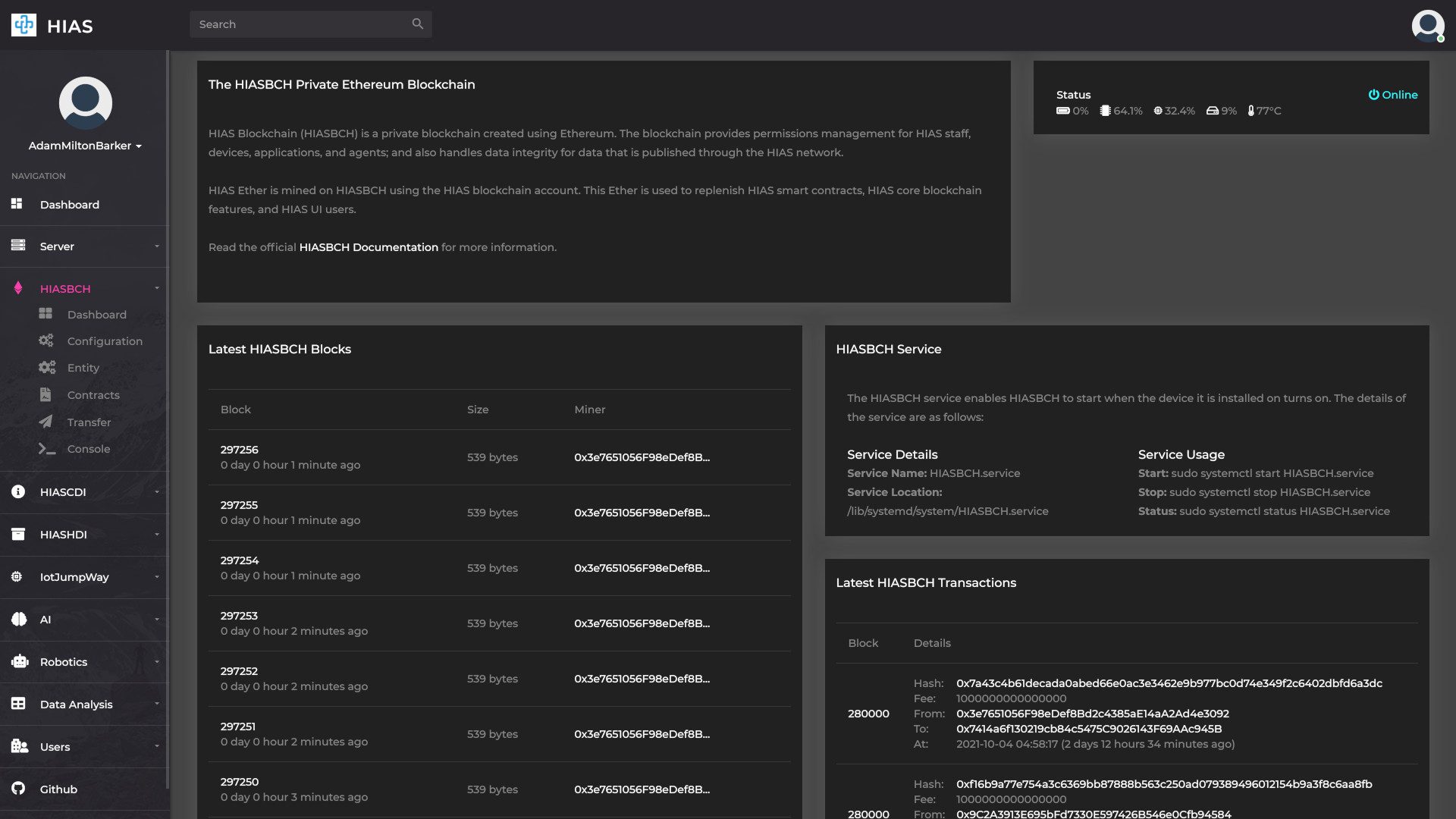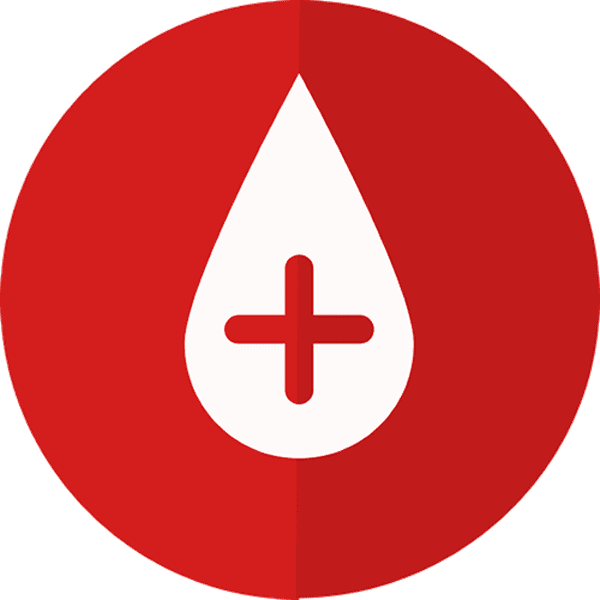Challenge & Context
Through the use of modern technologies such as the Internet of Things (IoT), Artificial Intelligence (AI), Blockchain and Automation solutions, there is massive potential to automate the medical industry and increase efficiency, productivity and security, whilst reducing costs to the hospitals and ultimately their patients.
One downfall is that hospitals and medical organizations often need to employ paid 3rd party cloud services and storage. The requirement for these paid services not only increases costs, but adds an additional security risk as data is not stored on the hospital’s own network, but transported off premises and stored in a location not under the control of the hospital.
Asociación de Investigacion en Inteligencia Artificial Para la Leucemia Peter Moss identified a very promising use-case for an Open Source server capable of deploying and managing a wide range of Open Source software and hardware hosted on the local network, providing a local IoT communication platform as well as local data storage. The platform removes the requirement and risks of using 3rd party cloud services and data storage, and enables at the same time complete customization due to its open source nature.
With this unique platform, Powered by FIWARE, IoT devices, AI agents, Virtual & Mixed Reality applications and Robotics can easily be provisioned and deployed, with all data and communication handled by the server on its own network. The platform will allow hospitals and medical centers to be in complete control of their devices and data, keeping everything local whilst providing the ability to extend the platform through 3rd party services, if required.
The data generated by the network can be used for automation through the use of IoT rules and AI. In addition, custom AI models can be created to provide AI assisted diagnostics systems reducing the amount of time doctors spend analysing data, improve diagnosis, free up human resources and allow more time to be spent with patients. Automation can also have other benefits such as reduced maintenance costs, reduced energy bills and overall efficiency and productivity improvements. The potential impact of such a platform could offer hospitals and medical organizations considerable savings, and potentially reduce costs for patients and save lives.
The challenge of handling large amounts of contextual data generated by the platform in real-time, along with real-time event notifications and extending the platform through open 3rd party APIs is solved through the power and innovation of the Context Broker, putting FIWARE technologies at the very core of the HIAS platform.
Solution
The concept of the Hospital Intelligent Automation Server (HIAS) was formed in early 2020 and aims to provide a completely Open Source platform focused on the automation of hospitals and medical organizations through the use of modern technologies.
The foundations of the HIAS network provide the key building blocks for an automated IoT network. The core functionality of the network is to allow for the provisioning, management and real-time monitoring of the following:
- A range of Open Source IoT devices and applications such as environment monitors, lights, other types of IoT sensors & actuators, and medical IoT devices;
- A range of Open Source Artificial Intelligence agents that utilize various types of AI models such as facial recognition models that can be used for identification and security. Security is an important issue for hospitals and medical centers to consider. Today’s Facial Recognition can provide ways of automating security in the medical industry, reducing staffing costs and making medical facilities safer for both patients and staff. Natural language understanding engines to power a range of different applications, medical diagnostics models for detecting diseases such as leukemia, and predictive models that can be used for automation and maintenance;
- A range of Open Source robotics units that can be used for medical purposes such as patient assistance and providing support to medical teams;
- A range of Open Source Virtual and Mixed Reality applications for use cases such as medical diagnostics systems and patient orientated applications.
Along with the development of the platform itself, a number of Open Source HIAS compatible projects that fall into the categories above, have been published to the MedTech Github repository to provide examples of how to extend the capabilities of the network.
In addition to using projects that they have built internally, users have the ability to create completely custom devices and applications and connect them to the HIAS network, and even modify the UI to allow for functionality that meets the requirements of the hospitals and medical organizations.
FIWARE technologies are utilized in several areas of the platform. At the core of the platform is an implementation of the FIWARE Context Broker, and communication between network devices/applications and the network is made possible through a range of protocol specific IoT Agents based on FIWARE’s IoT Agents. The HIAS IoT Agents allow communication using MQTT, AMQP, HTTP/HTTPS and BLE.
Figure 1 . Monitoring server vitals and environmental data in the UI
Managing the network is possible through a locally hosted user interface that makes it possible to provision and manage network devices and applications, monitor device vitals, visualize network data, verify the integrity of the data, and set up automation rules based on events that occur on the network.
Figure 2 . Monitoring network data in the UI
Not only can the data collected by the network be used in the UI but applications can be deployed, so that also this data is utilized through the FIWARE Context Broker and the HIAS Historical Data Broker which expose the data to authenticated applications.
A future version of HIAS will incorporate a Hospital Information System (HIS) built on top of the core technologies of the HIAS network. This system will be designed to improve upon existing HIS solutions providing a more efficient and secure system through the use of modern technologies such as IoT, AI and Blockchain. The HIS will be able to power a range of medical based applications for both patients and medical experts working at the hospital/medical organization.
In June 2020, the Connecting Europe Facility (CEF) project published Context Broker’s contribution to the fight against Leukemia — a success story about the Association’s implementation of the FIWARE Context Broker and how it powers the HIAS platform. They were also invited to talk at the CEF Context Broker Webinar on 29 June 2021 this specific implementation.
How it works
Figure 3 . Network architecture
The diagram above outlines the HIAS network architecture. The core of the HIAS network includes several modular components that keep the network running. These components are private and fully controlled by the hospital or medical organization that the HIAS server is installed in.
The core components of the HIAS network include the following:
- HIASCDI — A Python implementation of a FIWARE NGSI v2 Context Broker.
- HIASHDI — A Python Historical Data Broker based on the NGSI v2 Specification.
- HIASBCH — An Ethereum Blockchain, including:
- Smart contracts for network permissions and data integrity.
- A blockchain indexing component.
- A blockchain agent responsible for storing immutable hashes of authenticated network data.
- An MQTT (MQ Telemetry Transport) Communication Broker.
- An AMQP (Advanced Message Queuing Protocol) Communication Broker.
- IoT Agents for the MQTT, AMQP and BLE communication protocols based on FIWARE IoT Agents.
Figure 4 . Standard 5-layer IoT stack
Connected devices and applications communicate with the network using the private IoT communication brokers. IoT Agents that are based on FIWARE’s IoT Agents sit in between network devices/applications and the Context Broker. Once the IoT Agents receive data, the first action is to verify that the entity communicating with the agent is authorized to interact with the network. This is handled by the agent passing the public key of the communicating entity to a smart contract hosted on the private blockchain to verify the entity has permissions. Once verified, the data is processed accordingly and contextual data is sent to the Context Broker (HIASCDI), and historical data is sent to the Historical Data Broker (HIASHDI). The final role of the IoT Agent is to send the incoming data to a Blockchain Agent which hashes the data and stores the hash in the data integrity smart contract.
The contextual data for the HIAS network uses a format based on FIWARE’s Smart Data Models. This format allows easy management of all HIAS network entities, and the ability to keep track of contextual data in real-time.
Figure 5 . Managing network devices in HIAS UI
Every device, application and user connected to the platform has a JSON representation containing the contextual data for the entity stored in HIASCDI. The contextual data includes information such as network credentials, location information, vitals in the case of devices/IoT and AI agents, the online status, and contextual data of the sensors/actuators and AI models connected to the entity.
The HIAS UI translates the contextual data into a human readable format, and allows users to easily update the information.
Figure 6 . Monitoring the HIAS private Ethereum Blockchain
The HIAS blockchain (HIASBCH) is a private Ethereum Blockchain. The Permissions Smart Contract running on HIASBCH provides additional authentication permissions that help to ensure the network stays secure and only authenticated devices and applications can interact with the network. The Data Integrity Smart Contract stores immutable hashes of incoming data providing the capability of carrying out data integrity checks to ensure data has not been tampered with.
To allow for easy monitoring of the HIASBCH blockchain, software runs on the network that indexes the activity on the blockchain making the activity easily searchable.
Benefits & Impact
The way that HIAS utilizes a number of disruptive technologies, and the fact the entire platform is Open Source make it a unique solution.
The Association’s ambition is, for the HIAS network, to be adopted by hospitals and medical organizations and to help reduce costs for hospitals — which will hopefully be passed on to patients. Their mission is to play a significant part in making the world a better place through the use of such technology.
FIWARE is proud to support this Association and its meaningful and impactful mission. FIWARE recognizes the tremendous determination of the Association and its founder, Adam Milton-Barker to make this project a success, strongly driven by Adam’s grandfather’s battle with acute myeloid leukemia who passed away in August 2019, and his father’s battle with oesophageal cancer who passed away in March 2021.
The Association believes that collaboration is the key to solving many of the world’s medical issues and asks FIWARE’s ecosystem, FIWARE friends and partners to join them in realizing its mission.
If you would like to join the Asociación de Investigación en Inteligencia Artificial Para la Leucemia Peter Moss as a volunteer, please complete this online application form. If you would like to collaborate or partner with this Association, please use their online contact form to drop them a line.
Added value through FIWARE
The addition of the FIWARE Context Broker to the HIAS network was decided upon in late 2020.
The Association needed a standardized way to efficiently handle the contextual data for all of the entities connected to the HIAS network. FIWARE technologies fulfilled that requirement. In the meantime, the Context Broker has become one of the most important components of the HIAS network.
Not only does the Context Broker power the network, but the mentioned IoT agents that keep the network running were even inspired by FIWARE IoT agents. Additionally, the HIAS rules engine is powered by FIWARE subscriptions, and the functionality for optionally communicating with 3rd party API services (context providers) is powered by FIWARE registrations.
FIWARE was introduced through the collaboration with the Connecting Europe Facility (CEF) programme, and it became immediately obvious how aligned missions were.
Next Steps
The foundations of the HIAS platform are considered by the Association to be securely in place, providing the core functionality allowing the provisioning, management and monitoring of network devices. Hhowever, there is still more work to do. In addition, as new technologies emerge, the plan is to integrate them into the HIAS network ensuring the platform is capable of utilizing the latest technologies.
The roadmap for the platform includes (from fall 2021 onwards):
- The implementation of automation through AI & IoT using the data collected by the HIAS network. This will include predictive maintenance, rule automation, predictive analytics etc.
- The implementation of a Hospital Information System designed to handle the operation of hospitals and manage patient data.
- Adapting the HIASBCH blockchain as an implementation of the EBSI Blockchain.
- To carry out a study to identify the actual needs of hospitals and medical organizations regarding automation, diagnostics and the hospital information system.
- To secure partnerships with medical hardware manufacturers to integrate software that can connect their hardware to HIAS, expanding the capabilities of the platform.
- To secure partnerships with hospitals and researchers to gain access to data and skills that will allow us to improve and create new AI models used for the diagnosis of leukemia.
- To secure a pilot project with a local hospital or medical center to evaluate and improve the HIAS network.
References
- Context Broker’s contribution to the fight against leukemia – Connecting Europe Facility
- Context Broker in action webinar – Connecting Europe Facility
Adam Milton-Barker
President & Founder
Creating Impact by finding the first Pilot Customer
FIWARE, in this very specific case, is proud to support THE Asociación De Investigacion En Inteligencia Artificial Para La Leucemia Peter Moss to find hospitals, clinics, medical centers to test through pilots this solution that reduces costs for patients and saves lives.

